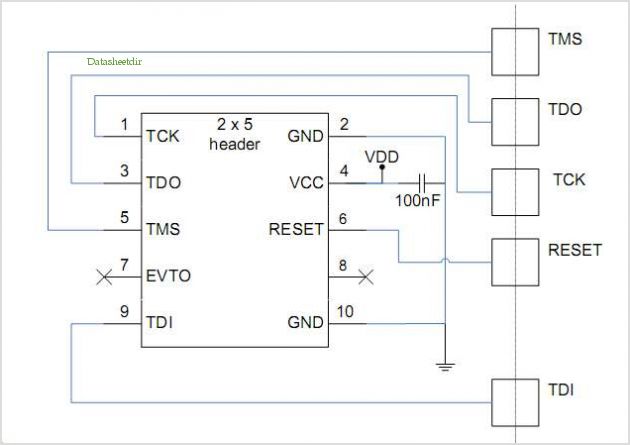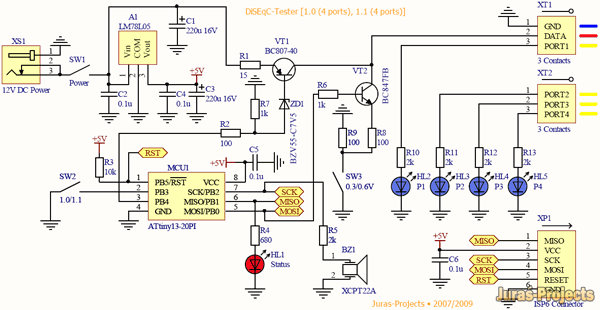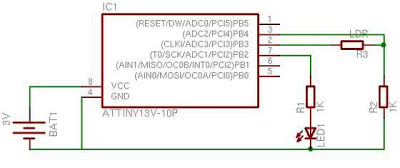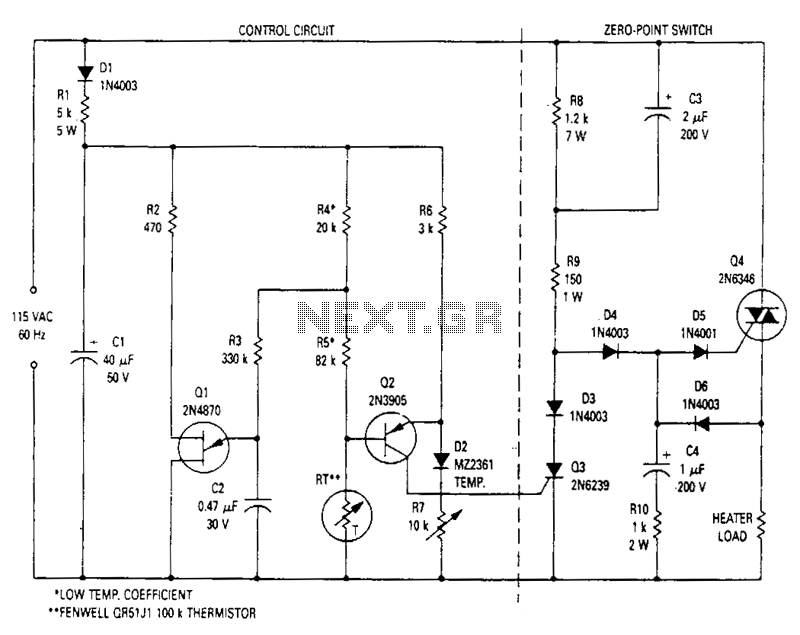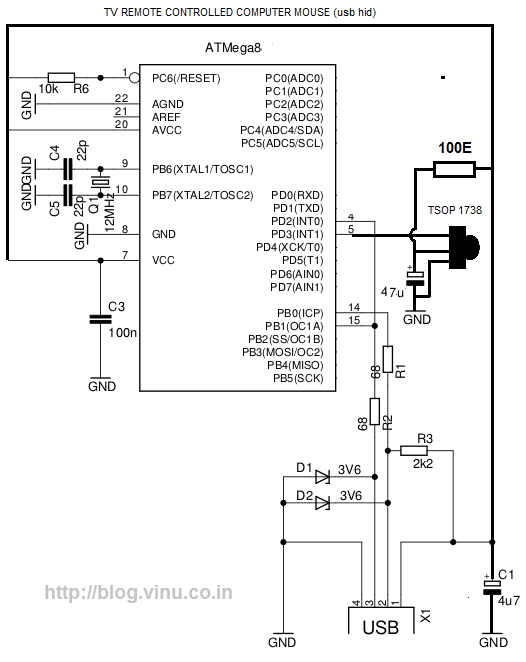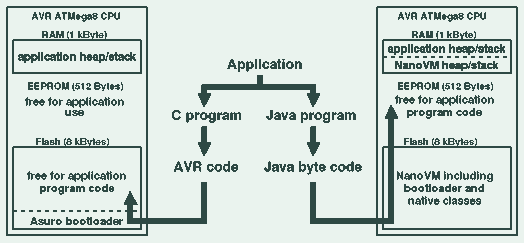
avr What is the point of Buffers like this in Programmers
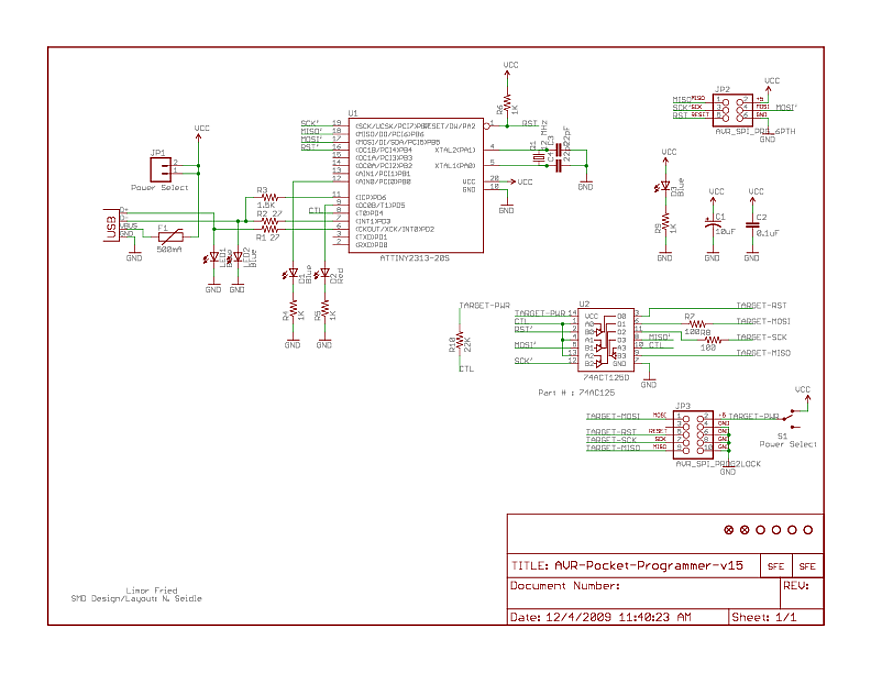
At the bottom, there is a 74AC125, which is a quad buffer with tri-state outputs. Numerous buffers of this type have been observed in programmers. The function of these buffers is not entirely clear, but it is assumed that the "CTL" pin controls the state of the buffers. The purpose of using such buffers instead of directly wiring to a port line (whether serial or otherwise) may be related to impedance considerations. Additionally, there is uncertainty regarding whether the signals from the ATTINY2313 (or any microcontroller in use) are too fast and require slowing down. This observation is often noted when utilizing a USB port or serial line, where the presence of such buffers is common. The potential consequences of omitting these buffers remain unclear.
The 74AC125 is a quad buffer designed to provide signal buffering and isolation in electronic circuits. Each buffer has a tri-state output, allowing it to be connected to a common bus without causing contention on that bus. This capability is crucial in applications where multiple devices may need to share the same signal line, such as in a microcontroller interfacing with peripheral devices.
The control pin, denoted as "CTL," determines whether the buffer is enabled or disabled. When the control pin is active (typically high), the buffer allows signals to pass through to the output. Conversely, when the control pin is inactive (low), the output is placed in a high-impedance state, effectively disconnecting it from the bus. This feature prevents loading effects and ensures that multiple outputs can be connected to a single line without interference.
Impedance matching is another critical consideration in high-speed digital circuits. The buffers help manage impedance by providing a stable output that can drive longer traces or multiple loads without degrading the signal integrity. This is particularly important when signals are generated by microcontrollers like the ATTINY2313, which may output signals at high frequencies. If these signals are not buffered, they can experience reflections and distortions, leading to unreliable communication, especially in serial or USB interfaces.
In scenarios where buffers are not used, the direct connection of microcontroller outputs to a bus can result in signal integrity issues. High-frequency signals may not be adequately transmitted due to impedance mismatches, leading to data corruption or communication failures. Buffers mitigate these risks by ensuring that the signals are appropriately conditioned before reaching their destination, thus enhancing the overall reliability and performance of the circuit.On the bottom you will see a 74AC125 which is a Quad Buffer with Tri-State Outputs. I`ve seen quite a few buffers like this on programmers. but im not exactly sure what they do Im assuming whatever "CTL" is controls the "state" of the buffers. but what exactly is the point Why can`t you wire it directly to whatever Port Line (Serial or w/e). Or does this have something to do with Impedance (Which Im not sure I STILL quite understand). Is it because the Signals are coming out of the ATTINY2313 (or w/e MC is used) too fast and they need to be slowed down I see this often when using a USB port of Serial Line. that one of these "Buffers" is used. What would happen if it wasn`t there 🔗 External reference
The 74AC125 is a quad buffer designed to provide signal buffering and isolation in electronic circuits. Each buffer has a tri-state output, allowing it to be connected to a common bus without causing contention on that bus. This capability is crucial in applications where multiple devices may need to share the same signal line, such as in a microcontroller interfacing with peripheral devices.
The control pin, denoted as "CTL," determines whether the buffer is enabled or disabled. When the control pin is active (typically high), the buffer allows signals to pass through to the output. Conversely, when the control pin is inactive (low), the output is placed in a high-impedance state, effectively disconnecting it from the bus. This feature prevents loading effects and ensures that multiple outputs can be connected to a single line without interference.
Impedance matching is another critical consideration in high-speed digital circuits. The buffers help manage impedance by providing a stable output that can drive longer traces or multiple loads without degrading the signal integrity. This is particularly important when signals are generated by microcontrollers like the ATTINY2313, which may output signals at high frequencies. If these signals are not buffered, they can experience reflections and distortions, leading to unreliable communication, especially in serial or USB interfaces.
In scenarios where buffers are not used, the direct connection of microcontroller outputs to a bus can result in signal integrity issues. High-frequency signals may not be adequately transmitted due to impedance mismatches, leading to data corruption or communication failures. Buffers mitigate these risks by ensuring that the signals are appropriately conditioned before reaching their destination, thus enhancing the overall reliability and performance of the circuit.On the bottom you will see a 74AC125 which is a Quad Buffer with Tri-State Outputs. I`ve seen quite a few buffers like this on programmers. but im not exactly sure what they do Im assuming whatever "CTL" is controls the "state" of the buffers. but what exactly is the point Why can`t you wire it directly to whatever Port Line (Serial or w/e). Or does this have something to do with Impedance (Which Im not sure I STILL quite understand). Is it because the Signals are coming out of the ATTINY2313 (or w/e MC is used) too fast and they need to be slowed down I see this often when using a USB port of Serial Line. that one of these "Buffers" is used. What would happen if it wasn`t there 🔗 External reference
